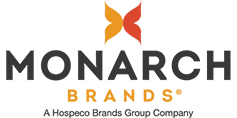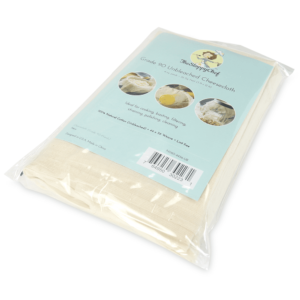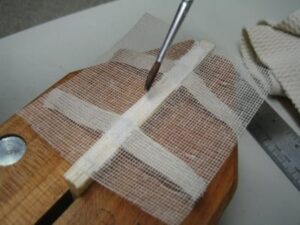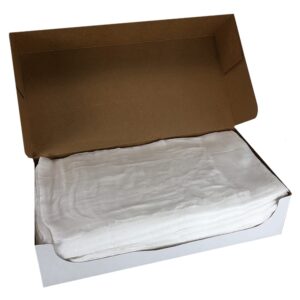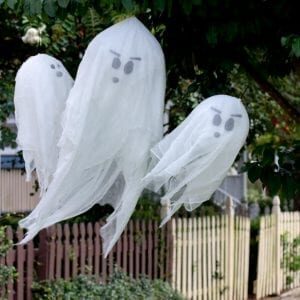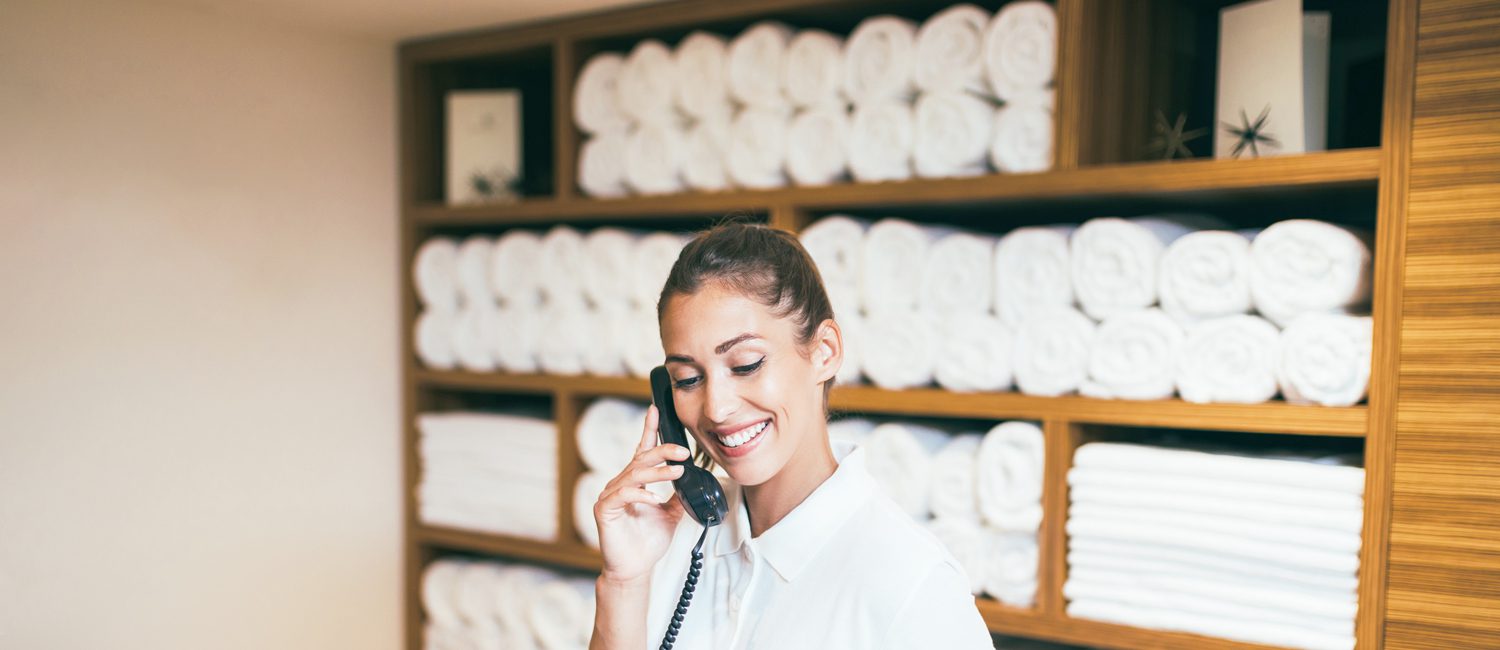Less popular, more divergent uses of bulk cheesecloth include:
Clothing
Grades 60 & 90 Cheesecloth material (also known as muslin) was used to make shirts and coveralls that became fashionable for beachwear during the 1960s and 1970s.
Spiritual Fakery
Different cheesecloth grades have been used to create the illusion of “ectoplasm” during spirit channeling or other ghost-related phenomena.
Anatomical Dissection
Bulk cheesecloth is used in laboratories to slow drying of corpses. The cloth is soaked with a chemical solution such as formalin, then the specimen is enveloped to prevent desiccation.
If you need cheesecloth, please don’t hesitate to reach out to Lucy, our resident expert on all grades and uses of the versatile fabric.
Lucy Bauccio
[email protected]

